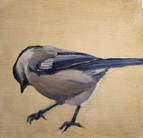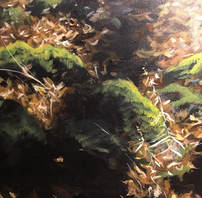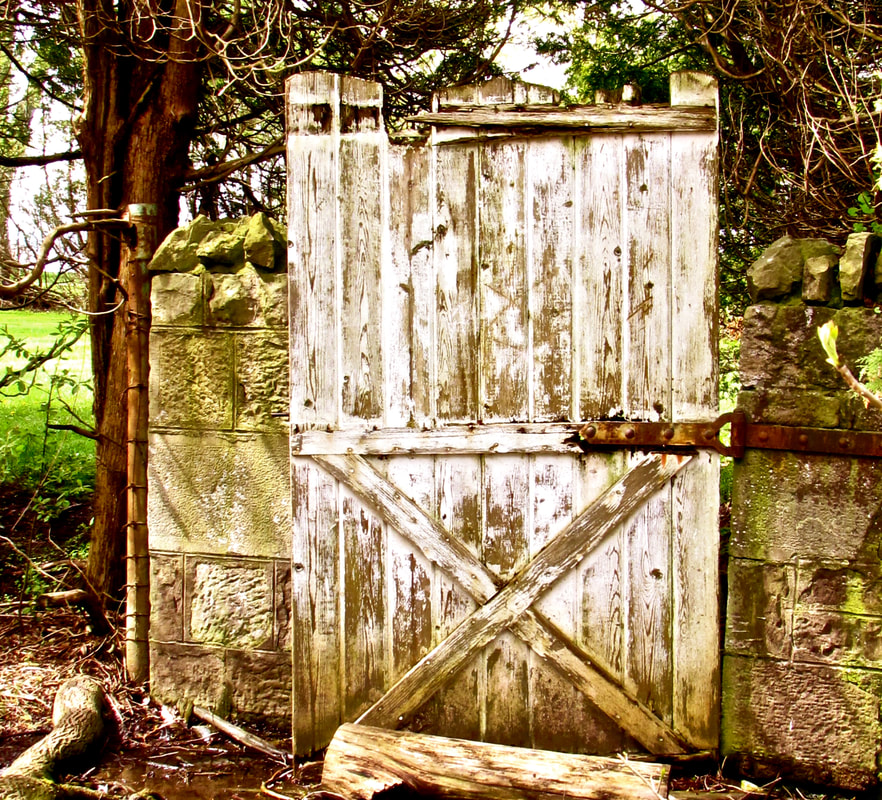So I asked myself, “What are the easy parts of a portrait?” Certainly not the initial rendering, or you end up with somebody else, even (God forbid) a late Picasso. And even if you get the features in the right relationship to one another, the eyes can trip you up. Whatever colour the irises, they need to be painted transparently even if almost black. And the reflective spot of light in the pupils! Put those in the wrong place and - zap - you might find an unsettling stare looking back at you for eternity. Worse still, they might point the eyes in different directions and eternity will be spent trying to sort out the gaze.
Let’s take a positive tack and assume that all of the above has gone reasonably well, myriad pitfalls have been avoided, and it is clear sailing ahead. I was cheered to read that I am not the only person relieved and relaxed when challenge is nearly over: in the words of a theatre critic describing his perfect day, his Sunday Times article would only require him to take “great pains about semicolons and such-like (because) the only thing I really enjoy about writing is the punctuation.” James Agate then goes on to say that the painter Millais “once confessed that the only thing he enjoyed about portrait-painting was putting the highlights on the boots of his subject.” Notice that Millais did not mention eyes.
Truth is, I can never predict what part of a portrait will challenge me the most. For Whistler it was a coat. Thomas Carlyle complained that Whistler, having asked to paint him and having promised only two or three sittings, spent an inordinate time getting the drapery of his big black coat right, while paying little attention to Carlyle’s face. The head is lovely, in my opinion, and probably painted itself, while trying to tease out the folds of the coat drove Whistler crazy. He didn’t even develop the paintings behind Carlyle, whose right hand and cane are no more than suggested. It was that damned coat which finished Whistler off. I can sympathize, having once agreed to paint a black Sharpei from an inadequate reference — all folds, all black. You can only imagine.
Why do we do it? Perhaps in this modern world of shortcuts and time savers, something you do by yourself, whether writing or painting, is the ultimate adventure which will demand that best of you. (I know -- and spinach is good for you too.) From a smaller lens, getting to the nose is the reward I currently seek. My last act will be to crown it with a magnificent highlight which I cannot possibly screw up. Phew.



 RSS Feed
RSS Feed
